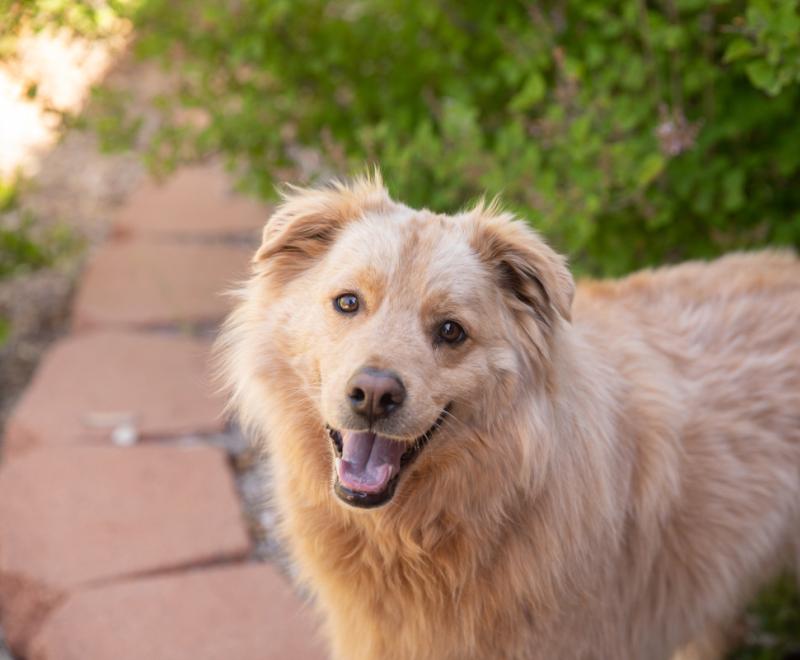Miraculous recovery for injured osprey
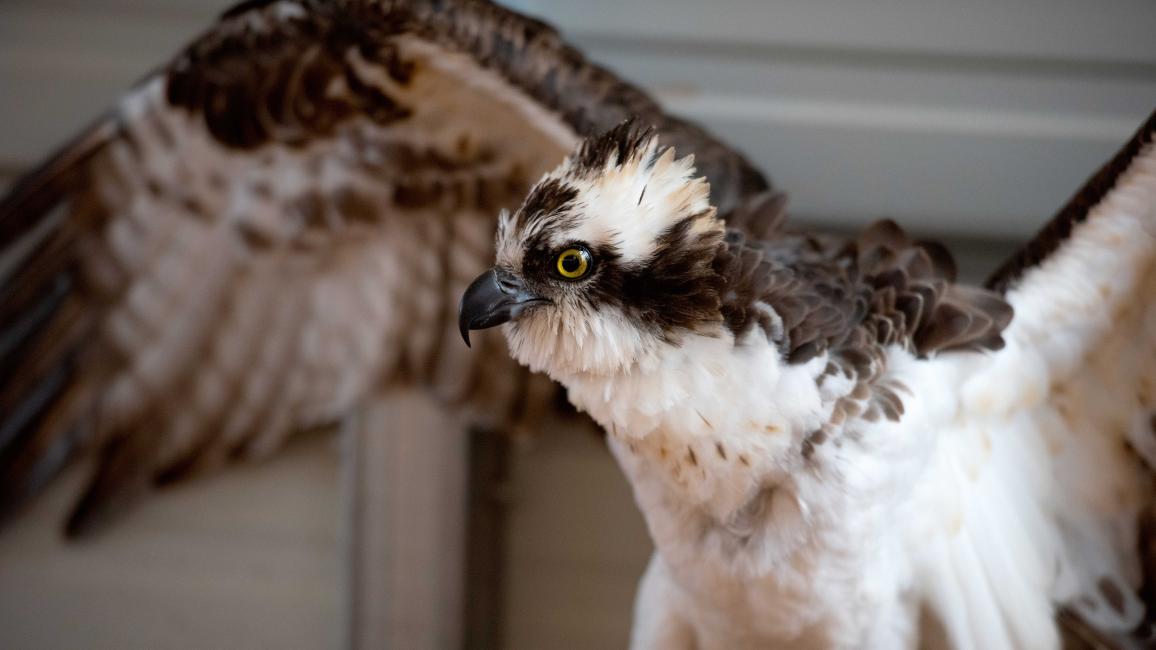
Ospreys are one of the most majestic raptors soaring in the skies; their impressive wingspans and striking colors inspire awe and wonder. Even more impressive is their ability to dive into the water from high in the clouds to catch a meal.
However, ospreys are also notoriously hard to rehabilitate because they typically won’t eat in captivity, making it difficult for a successful rehabilitation and release. So when an osprey with a mysterious wing injury was found and taken to Wild Friends, Best Friends’ state- and federally licensed wildlife rehab center, it was worrying.
“It was the weirdest thing. He had a small wound on his wing but a very serious wing droop,” says Best Friends caregiver Jean Keplinger. “There was no indication of anything broken or any kind of tissue damage. He wasn't skinny or dehydrated.”
Baffling bloodwork
This mysterious osprey continued to baffle staff. They exhausted all diagnostic testing at their disposal with no helpful result. His bloodwork showed no indication of anything amiss. Yet his wing still drooped, and he couldn’t stand without falling, let alone fly. And as expected, he wouldn’t eat, so staff began tube-feeding him to keep him alive.
He regained some strength after a few weeks, so staff moved him to a small aviary to test his flight skills and assess the need for continued tube-feeding. But they needed whole fish — something hard to find in desert climates like southern Utah.
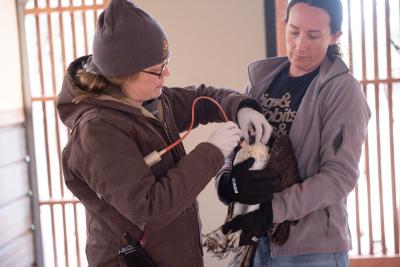
It takes a village
So staff turned to the community to help. And help they did. “Our community stepped up, and many people donated fish from their freezers for him,” says Lauren Ross, Best Friends caregiver. “Sometimes it takes a village to save an animal, and we very much appreciate the outpouring of love we’ve received for this guy!”
The osprey started eating again, which was a huge win. But he wasn’t out of the woods yet. His wing still drooped, and he couldn’t fly. So staff took him to a larger aviary to improve his flight skills.
[Looking back: How Best Friends’ Wild Friends began]
“The move to the big aviary didn’t have the result we hoped for. He mostly stayed on the ground perches,” says Jean. “Half the time he would try to fly and collide with the perch and go to the ground.”
At this point staff worried whether this osprey could be successfully rehabbed. A month passed, and his progress remained stagnant.
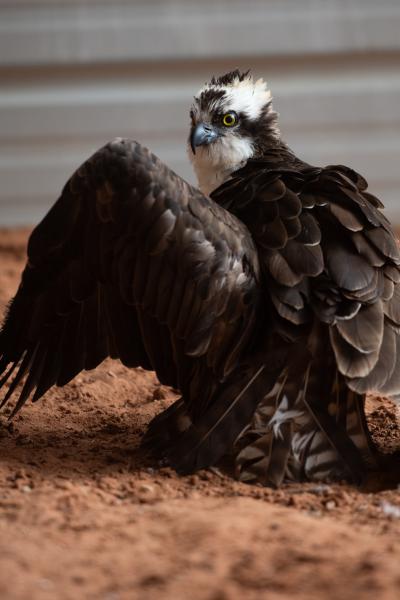
A miraculous recovery
Then something amazing happened. He suddenly flew right up onto a high perch for the first time. He initially had some issues navigating the aviary, but after a few days he maneuvered brilliantly, flying from high perch to high perch with ease. He snatched food off perches and skillfully landed on the high perches and poles scattered throughout the massive aviary.
“He was folding his wings right and everything,” remarks Jean. “The whole time before that day, his wing was still droopy. I don't know what happened. I don’t know if anyone will ever know what happened. His recovery was nothing short of miraculous.”
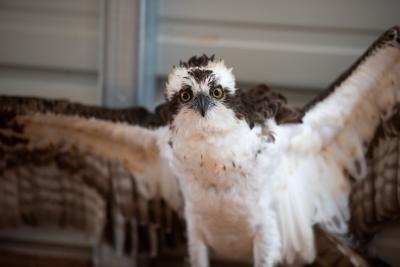
Reunited and it feels so good
The osprey was ready for release. Staff had the GPS coordinates of where he’d been found and knew he had a mate there. The people who found him were familiar with this osprey because he and his mate return annually to that location to raise their young, so chances were high his mate was still in the area.
So staff loaded him into a carrier and headed toward the release site near Big Water, Utah. Once Jean and her team were in place, they opened the door to the carrier and witnessed something breathtaking. He burst out of the carrier, unfolded his massive wings with ease, and caught the wind with amazing speed. He flew straight for the highest point on the cliff overlooking the water, right where they would be nesting. His determined, purposeful flight indicated he knew exactly where he was going, suggesting he had located his mate.
“That bird was so determined,” says Jean. “I really get inspired by wild things and their tenacity to survive even with all the odds stacked against them.”
His incredible journey is a reminder of the resilience and strength found in nature, leaving us inspired by his unwavering determination.
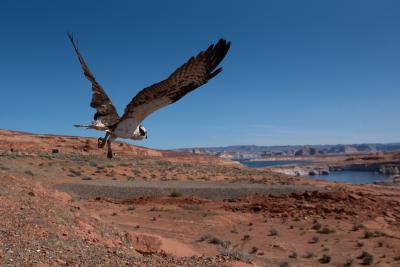
Let's make every shelter and every community no-kill in 2025
Our goal at Best Friends is to support all animal shelters in the U.S. in reaching no-kill in 2025. No-kill means saving every dog and cat in a shelter who can be saved, accounting for community safety and good quality of life for pets.
Shelter staff can’t do it alone. Saving animals in shelters is everyone’s responsibility, and it takes support and participation from the community. No-kill is possible when we work together thoughtfully, honestly, and collaboratively.
